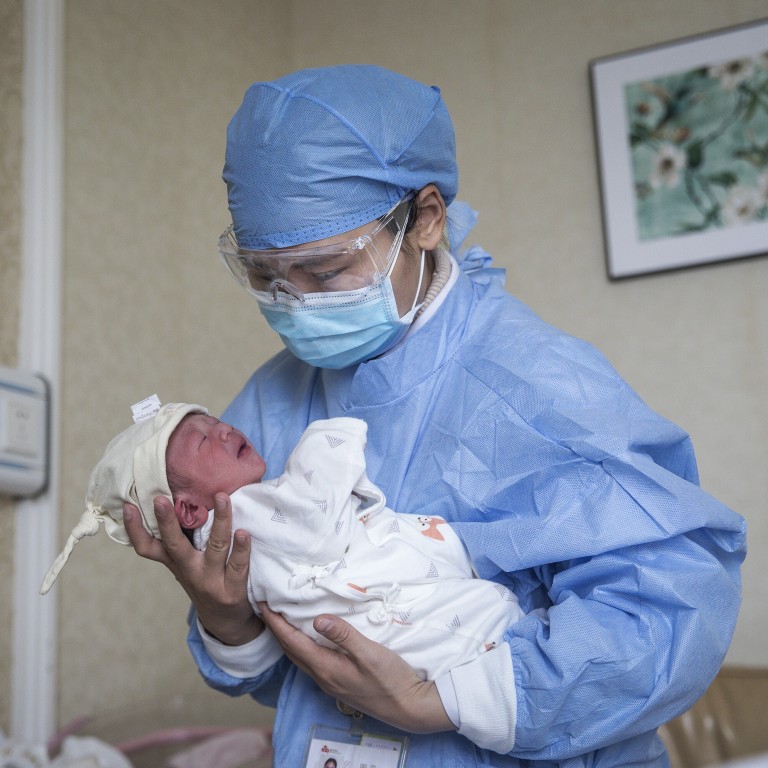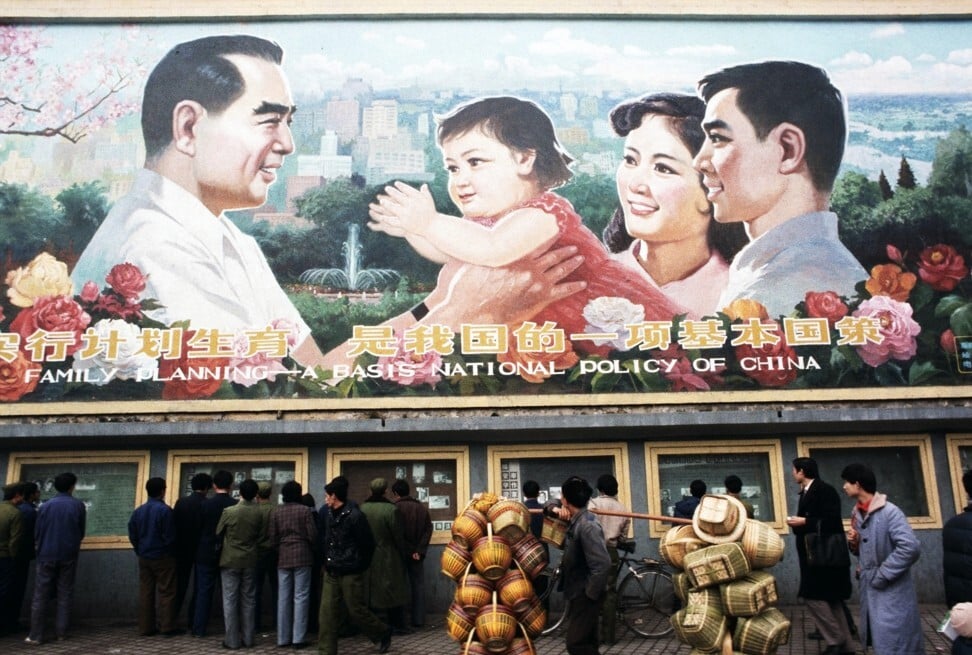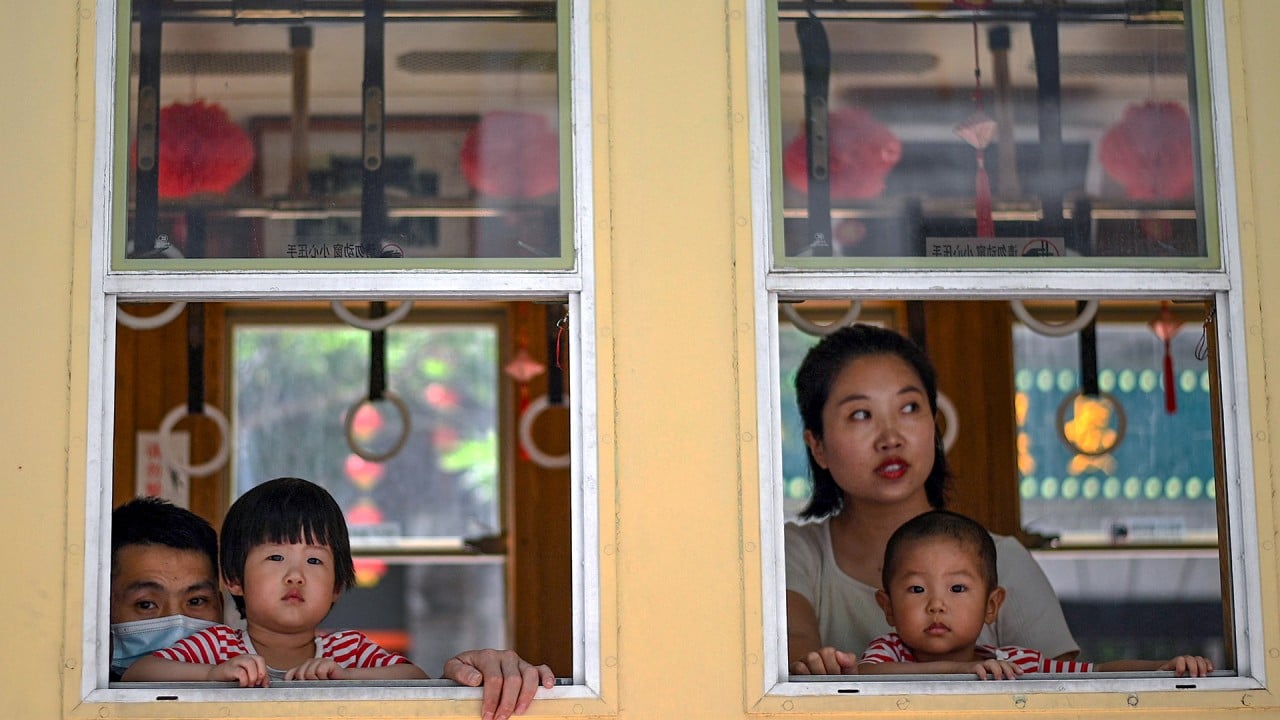
China faces backlash on move to reduce abortions as Beijing tries to boost birth rate to counter ageing population
- China has been struggling to boost its birth rate to counter a rapidly ageing population
- Many see the new policy as being similar to the level of government intervention in private lives seen during the one-child policy era
The Chinese government’s move to discourage abortions for “non-medical” purposes has been met by a public backlash, with many seeing this as an intrusive measure meant to raise the country’s birthrate.
The State Council said on Monday it will: “reduce the rate of abortions needed for non-medical reasons”, as part of its efforts to improve women’s health, according to a series of new guidelines addressing issues related to women and children in the country. The policy did not elaborate on how this would be achieved.
Though lowering the high abortion rate, largely generated by a preference for boys over girls, has been government policy for decades, the statement drew public attention immediately and was seen by many as restricting women’s rights amid an official drive to boost population growth to counter the country’s ageing population.

“It’s so funny that when they didn’t want so many people, they said fewer kids make you happy for the entire life, and when they wanted it, they said women should consider their health and avoid abortions. In the past, there were women who carried a second child being forced to get abortions, and now are they forcing people to get pregnant?” one Weibo user commented.
Li Ying, a Beijing-based women’s rights lawyer, said amid the authorities’ 180-degree change on family planning, it’s natural for women to worry that the authorities may now be imposing restrictions on access to abortions.
“The public backlash shows female citizens today have a better awareness of their rights. They want to make their own choices in terms of having babies, not be restricted by a law or regulation,” she said, “they have the freedom to raise children, and the freedom not to as well.”

03:49
How much does it cost to raise a child in China?
The new plan, designed for the 2021-2030 period, didn’t give details on how authorities would reduce ‘non-medical’ abortions. It also pledged to protect women’s rights to access birth control and to “prevent unintended pregnancy”.
Similar language around abortions was used in a plan for the previous decade, issued in 2011, which vowed to: “reduce unintended pregnancy and lower the rate of abortions”.
The National Health Commission (NHC) has been warning people against aborting fetuses based for the last two decades with a directive in 2003, which also mentioned lowering abortions for non-medical reasons.
According to data from the NHC, China recorded an average of 9.7 million abortions every year between 2014 and 2018, up by 51 per cent from the 2009 to 2013 period, despite the introduction of the two-child policy in 2015. It’s unclear how many of those abortions were for medical reasons.

